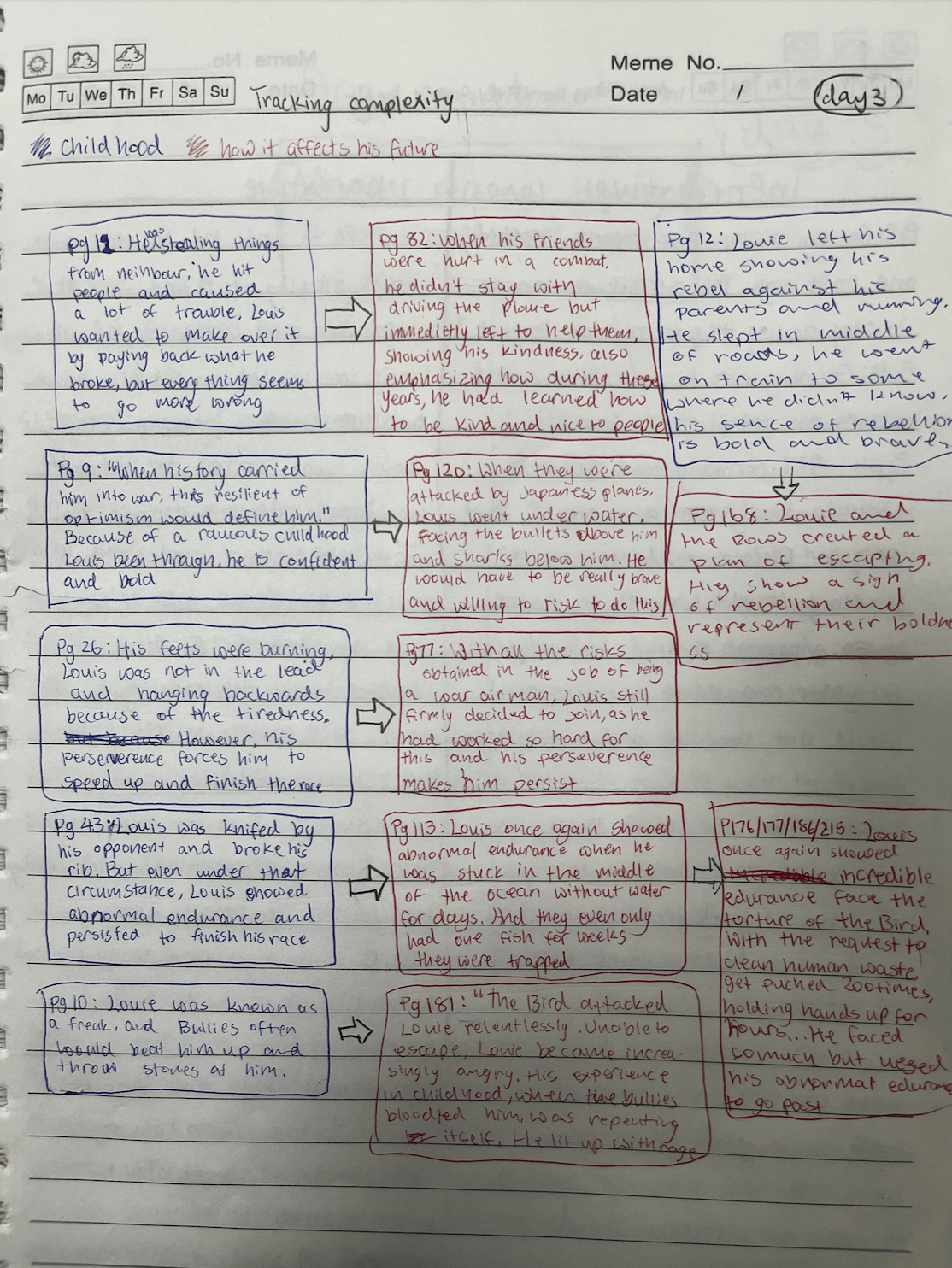My Journal was written from the perspective of Pancho Villa, a realistically existing revolutionary, who abundantly propelled the Mexican revolution. Pancho Villa – a man born in a laborer’s family on June 5, 1878, in Durango – spent his adolescence as a fugitive for murdering a Hacienda who assaulted his sister. Consequently, he kept a high hatred towards the domineering, wealthy Haciendas and their president who suppressed the poor to make an immense class difference, Porfirio Diaz. Aiming for justice, equality, and freedom, Pancho Villa joined rebelling forces at the beginning of the revolution. He has been through multiple wars, embarked on revolts, and soon became one of the most influential revolutionaries. This is his story of success, pursuit, and powerfulness.
The Mexican Revolution from 1910-1920 was a long and atrocious struggle among Mexican citizens (mostly peasants) and the presidents they were dissatisfied with. The revolution began in the background with widespread dissatisfaction with the elitist and oligarchical policies of Porfirio Díaz that favored wealthy landowners. Initiating with the pursuit of land reforms, the revolutionary constantly fought against any corrupted president which resulted ultimately at the end of the 30-year dictatorship.
The Mexican Revolution was successful in a way that many things such as the governing system, societal rules, and economy have made great improvements. After Obregon took the presidency, he acknowledged the desires of poor Mexican citizens and managed to restore order, peace, and prosperity to Mexico after a decade of abundant political changes with civil war. Firstly, he gave official sanctions and entitlement to organizations of laborers and peasants, offering a shorter work time with higher wages and land reformations which was the cause of the revolution in 1910. Furthermore, Madero’s Minister of Public Education, José Vasconcelos, implemented a massive expansion of access to public, secular education in rural and developed areas which facilitated socialist education in about 1930. This program brought Mexico worldwide fame and importance. In addition, this revolution marked the end of the 3 centuries of dictatorship and a rapid flow of system by establishing Mexico as a constitutional republic. Similarly, it was in 1928 when the presidential term was extended from four years to six years, and established a rule of no successive reelection due to the experience of Diaz, Huerta, and Carranza attempting to manipulate the reelections. There was also an economic prosperation, accomplished by the extension of railroad, highway, and airline networks to nearly all regions.
However, this revolution not only made changes for the better but also created changes that were causing worse consequences than before the revolution. For example, the revolution originated and continuously with rebels against the presidential reelections that dissatisfied the citizens; consequently, the violence continued after the revolution and had some sort of uprising produced in the 1920s during every presidential election. In addition, following Obregon’s aims, the country focused more on reality and education instead of religion. Therefore, problems with the church developed when Calles, the president following Obregon, instituted vigorously anticlerical activities; in revenge, the church suspended all religious ceremonies and approved sponsoring a rebellion in western Mexico known as the Cristeros.
On the other hand, many things from before the revolution persisted as continuities. Firstly, Mexican antique culture was highly persistent in the form of art. Many radical mural painters such as Diego Rivera, Jose Clemente Orozco, and David Alfaro Siqueiro, were commissioned to portray revolution culture and destroyed infrastructure, exalting the indigenous past. Furthermore, after the revolution, the government and country remained a strong military-developed country with many successful warmen.
In conclusion, even though the revolution caused many changes for the worse created bloodshed and there were an abundant number of innocent casualties killed in the atrocious battles, the revolution ultimately ensured a fairer society with education, justice, and agreements. Therefore, without the Mexican Revolution, there would not be the current prospered and righteous Mexico.
 This notebook page “Tracking Complexity” on day 3 represents my understanding of the parts that seem familiar and how they happen to connect with parts at the beginning of the story. This further elaborates on the central idea of Louie’s resilience and perseverance established by what he experienced when he was small supports him going through hard situations. I used representations of blue boxes pointing to red boxes, demonstrating how what Louie has been through in his childhood directly impacts his future.
This notebook page “Tracking Complexity” on day 3 represents my understanding of the parts that seem familiar and how they happen to connect with parts at the beginning of the story. This further elaborates on the central idea of Louie’s resilience and perseverance established by what he experienced when he was small supports him going through hard situations. I used representations of blue boxes pointing to red boxes, demonstrating how what Louie has been through in his childhood directly impacts his future.




 In the story “Thank You Ma’am”, Langston Hughes presents two contradicting conflicts. One of them takes place in the story’s rising action and is an
In the story “Thank You Ma’am”, Langston Hughes presents two contradicting conflicts. One of them takes place in the story’s rising action and is an  The top picture illustrates the scenery when Roger tries to steal the purse and associates with the words chosen from the first conflict. In contrast, the second conflict takes place in the climax of the story and is the
The top picture illustrates the scenery when Roger tries to steal the purse and associates with the words chosen from the first conflict. In contrast, the second conflict takes place in the climax of the story and is the
Recent Comments